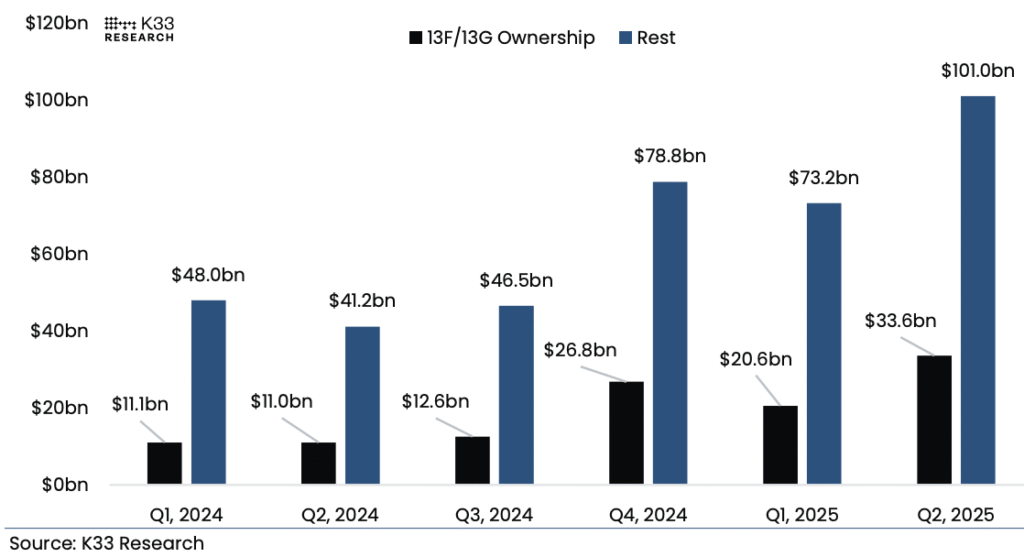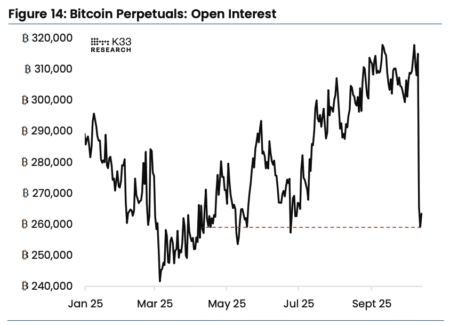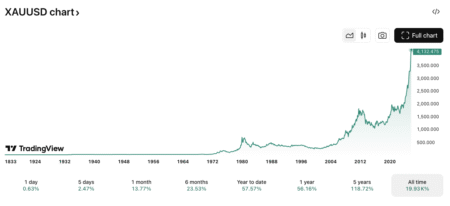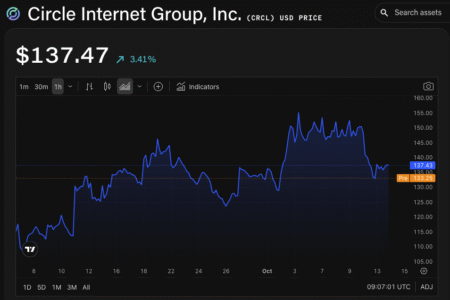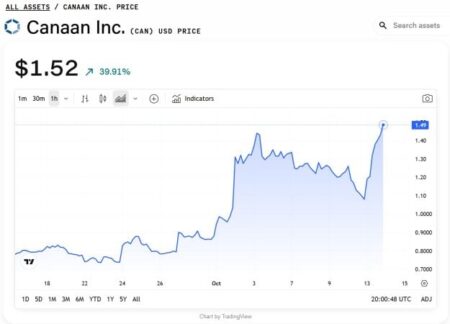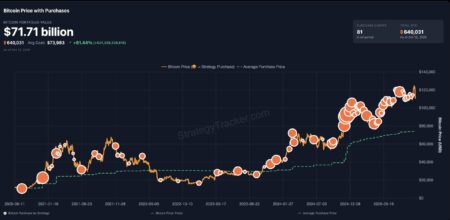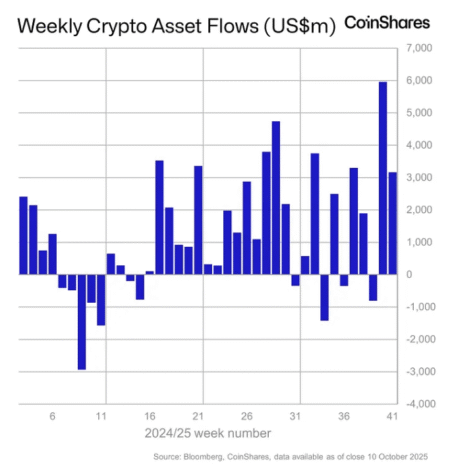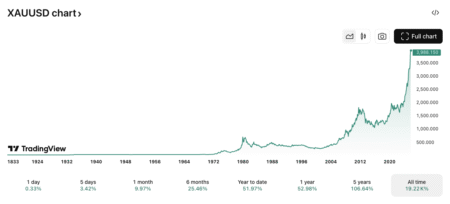Ethereum Outshines Bitcoin in Recent Market Rally
As of mid-August 2023, Ethereum (ETH) has captured investors’ attention with a significant rally, outperforming Bitcoin (BTC) amid substantial inflows into spot exchange-traded funds (ETFs) and the activation of corporate treasuries for digital assets. K33 Research highlights that since June 1, Ethereum’s value surged around 70%, dwarfing Bitcoin’s 9% increase during the same period. The ETH/BTC ratio has risen above 0.037, marking a yearly record. This article explores the underlying factors driving Ethereum’s gains and the current state of Bitcoin.
The Two-Pronged Demand Shock for Ethereum
K33 Research attributes Ethereum’s remarkable performance to what they describe as a two-pronged demand shock. First, U.S. spot Ethereum ETFs have reportedly amassed approximately $9.4 billion since June 2. In addition, corporate treasury holdings of digital assets have expanded substantially, with figures now exceeding 2% of the circulating supply of Ethereum—up from just 0.2% two months prior, as indicated by The Block’s data dashboard. These developments signify a mounting institutional interest that is pivotal for Ethereum’s price trajectory.
Moreover, noteworthy investments from decentralized asset treasury funds (DATs) like BitMine Immersion and SharpLink Gaming have collectively absorbed roughly 3.7% of Ethereum’s supply since early June. Given that Ethereum’s overall market value is roughly one-fifth that of Bitcoin, this concentration of demand paints a compelling picture for ETH’s ongoing price ascent.
Increased Interest in Leveraged Ether Exposure
The demand for Ethereum doesn’t stop with spot ETF inflows; K33 also notes a growing appetite for leveraged Ether exposure among investors. VolatilityShares’ 2x Ether ETF has expanded its ether-equivalent exposure by around 456,000 ETH since June 2, making up about 61% of the total open interest in CME’s Ethereum futures. This trend indicates that investors are seeking amplified exposure to ETH, thus reinforcing the upward momentum within the Ethereum market.
Bitcoin’s Defensive Position Amid Macroeconomic Shifts
In contrast to Ethereum’s bullish trend, Bitcoin has experienced a slowdown in its derivatives markets, particularly following a hotter-than-expected U.S. producer price index (PPI) report. The July PPI saw a month-on-month increase of 0.9%, exceeding the consensus estimate of 0.2%. This unexpected upward pressure caused Bitcoin’s value to plummet from around $121,000 to approximately $117,700 almost instantaneously, leading to over $1 billion in liquidations across the crypto market.
Furthermore, after achieving double-digit premiums on CME Bitcoin futures, these fell back to around 5.5% annualized. While notional open interest ticked up modestly, BTC’s perpetual open interest remains close to 300,000 BTC, suggesting a hesitant sentiment in the market. K33 warns that this situation could amplify volatility, as evidenced by a spike in one-month options skew, indicating that traders are willing to pay more for downside protection.
Record Q2 for Bitcoin Despite Soft August Performance
Despite Bitcoin’s recent struggles, Q2 2023 concluded with record high assets in spot Bitcoin ETFs, totaling $134.6 billion. This growth was largely driven by both price appreciation and renewed allocations from institutional investors. According to 13F filings, institutions disclosed holdings worth $33.6 billion in Bitcoin, with market-making firms emerging as significant players in this segment.
However, the transition into August has not been as uplifting, with net flows for Bitcoin becoming muted or mildly negative. Average daily spot volume hovered around $3.4 billion in early August, while aggregate futures and perpetuals open interest stood at approximately $59.4 billion. Notably, daily spot activity surged above $6 billion on August 14, coinciding with market volatility influenced by the PPI report.
Correlation Trends and Market Dynamics
On the asset correlation front, recent data reveals that Bitcoin’s 90-day correlation with Ethereum remains robust, providing opportunities for traders to capitalize on volatility. Interestingly, Bitcoin’s connections with traditional assets like gold and the S&P 500 have softened, suggesting that the cryptocurrency market is charting its own course. K33 posits that this decoupling from traditional financial markets leaves room for two-way volatility, especially as key resistance levels loom on the horizon.
Conclusion: A Divergent Path Ahead
The clear divergence in performance between Ethereum and Bitcoin underscores the evolving dynamics within the cryptocurrency market. Ethereum’s enhanced demand from spot ETFs and corporate treasuries juxtaposes the more defensive positioning in Bitcoin’s futures markets. As both cryptocurrencies navigate macroeconomic variables and internal market dynamics, investors must remain vigilant. Understanding these trends could prove essential for strategizing in an ever-changing landscape.
This detailed analysis reflects not just the current state but also sets the stage for what’s to come, making it vital for anyone involved in the cryptocurrency space to stay informed. Whether you are a seasoned investor or new to the market, keeping an eye on the latest trends and data can offer strategic advantages in this fast-paced environment.





